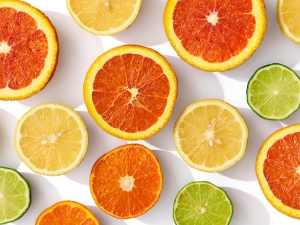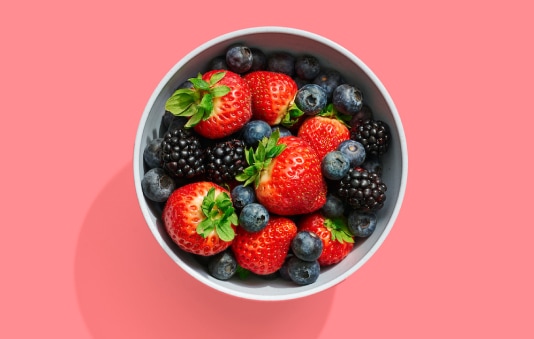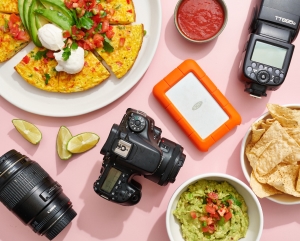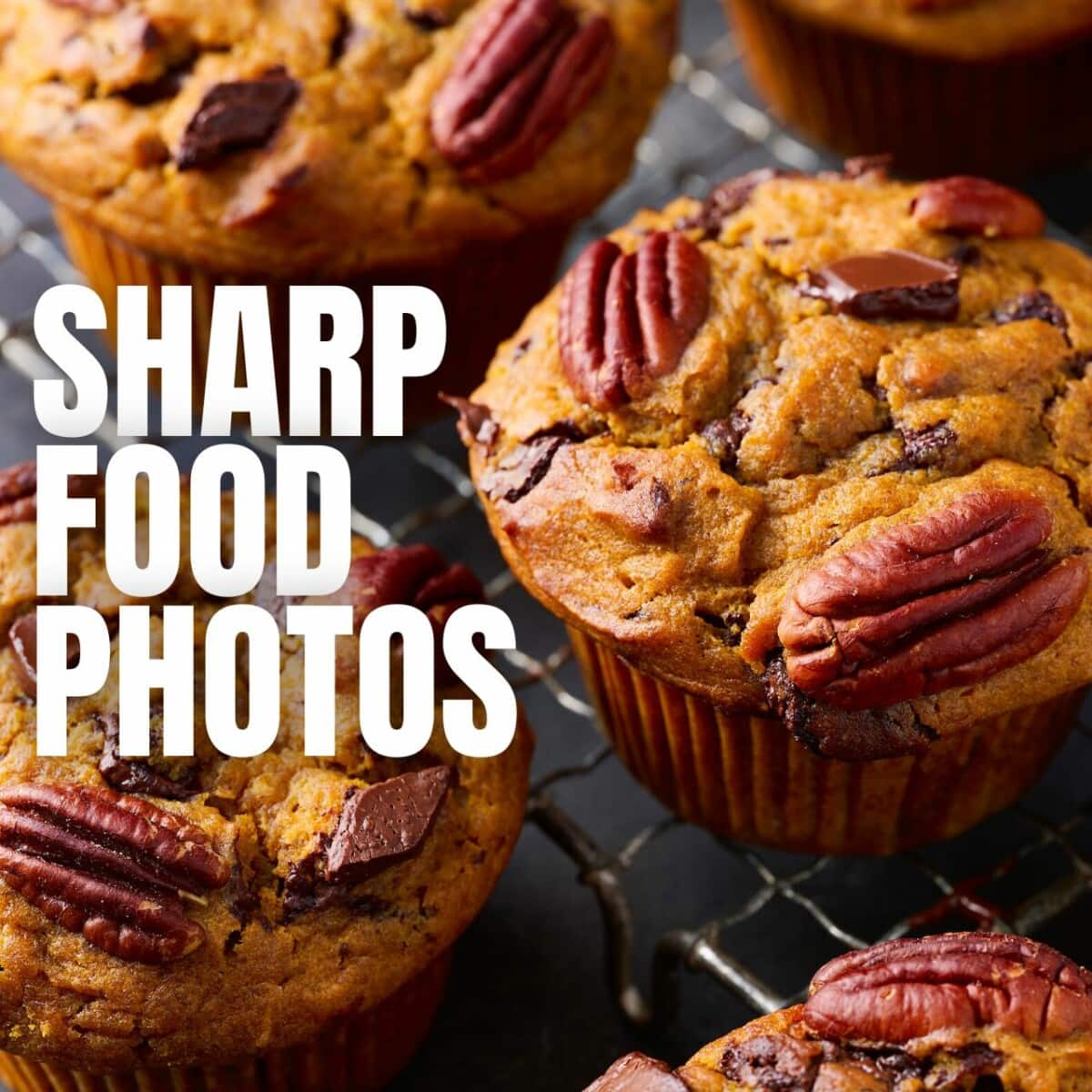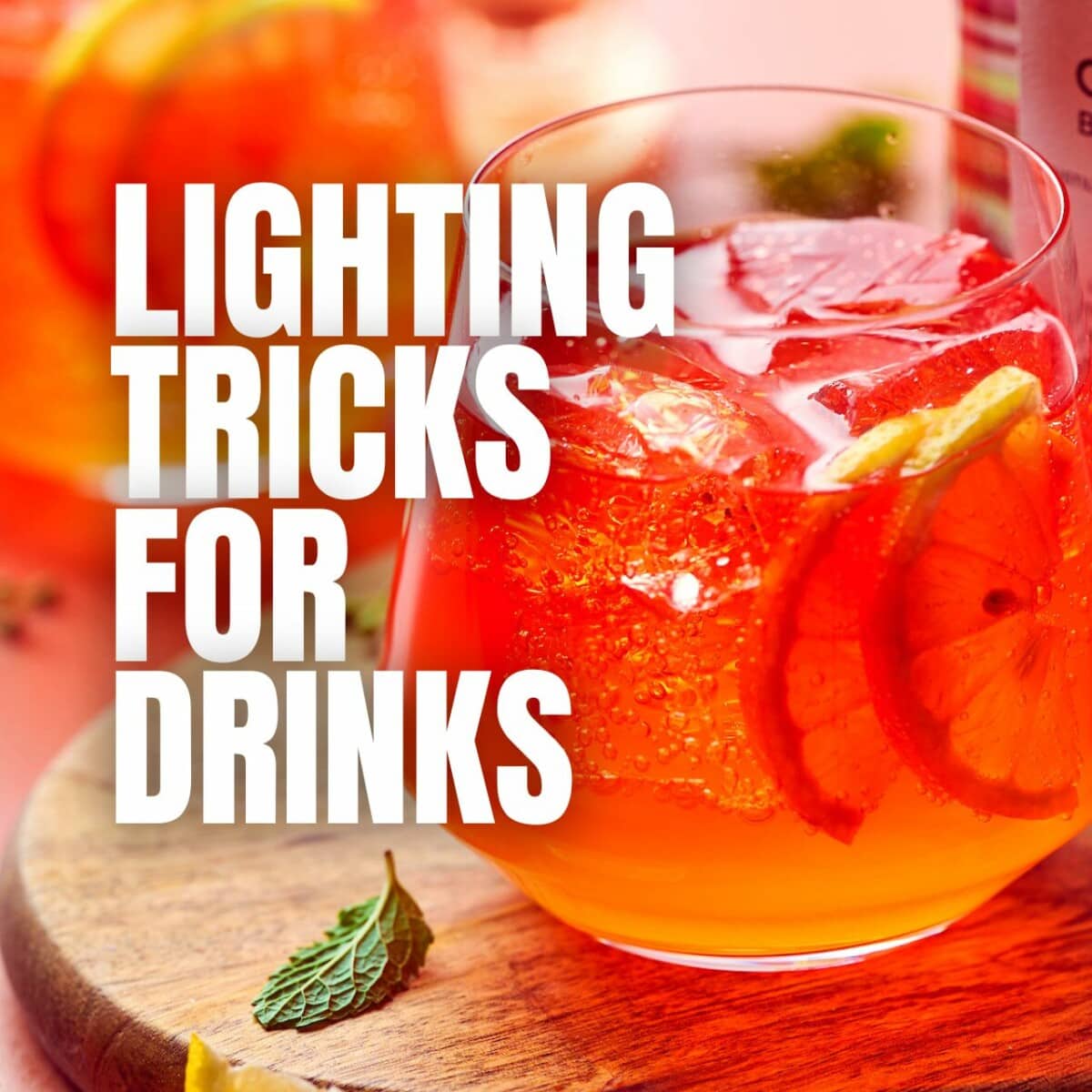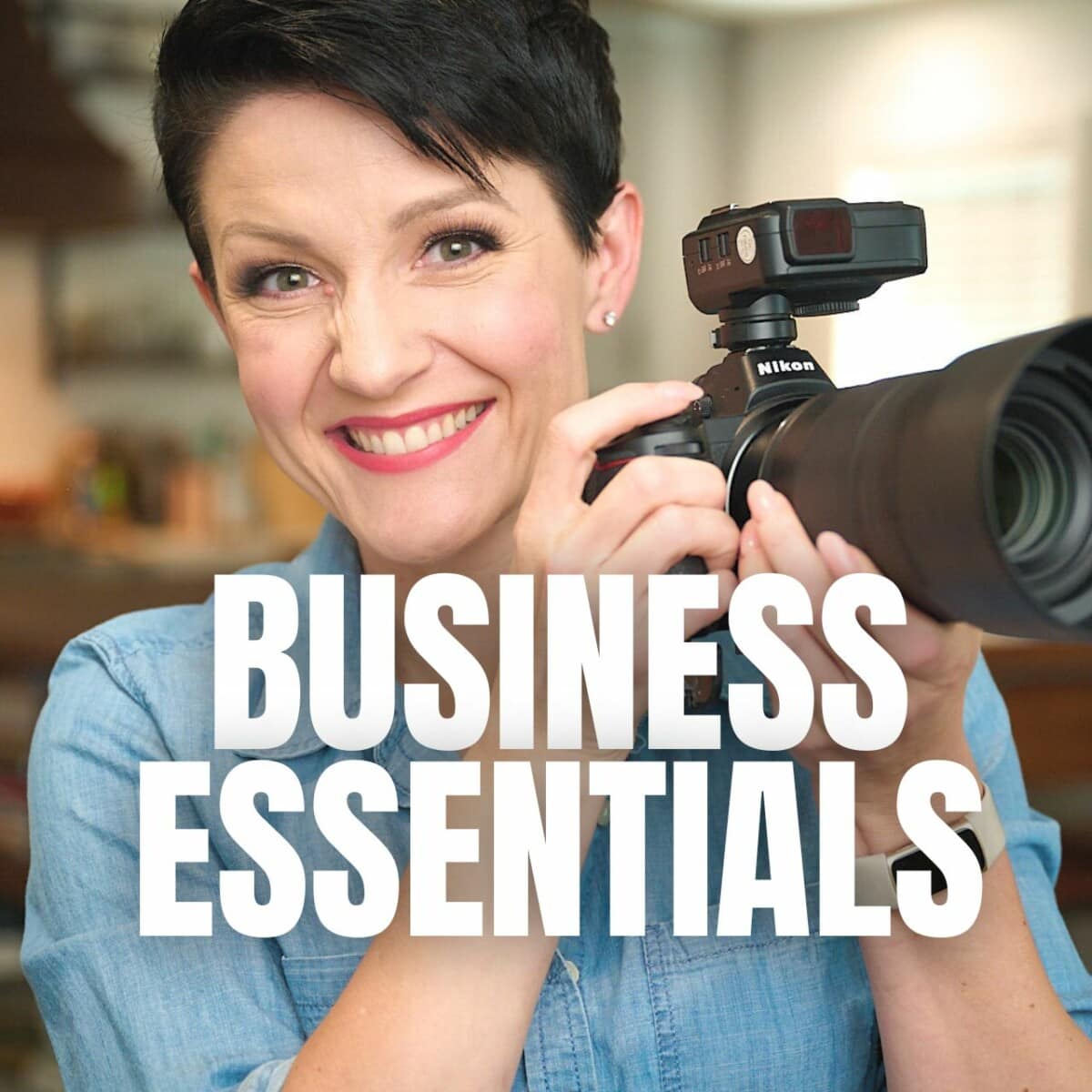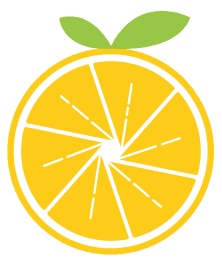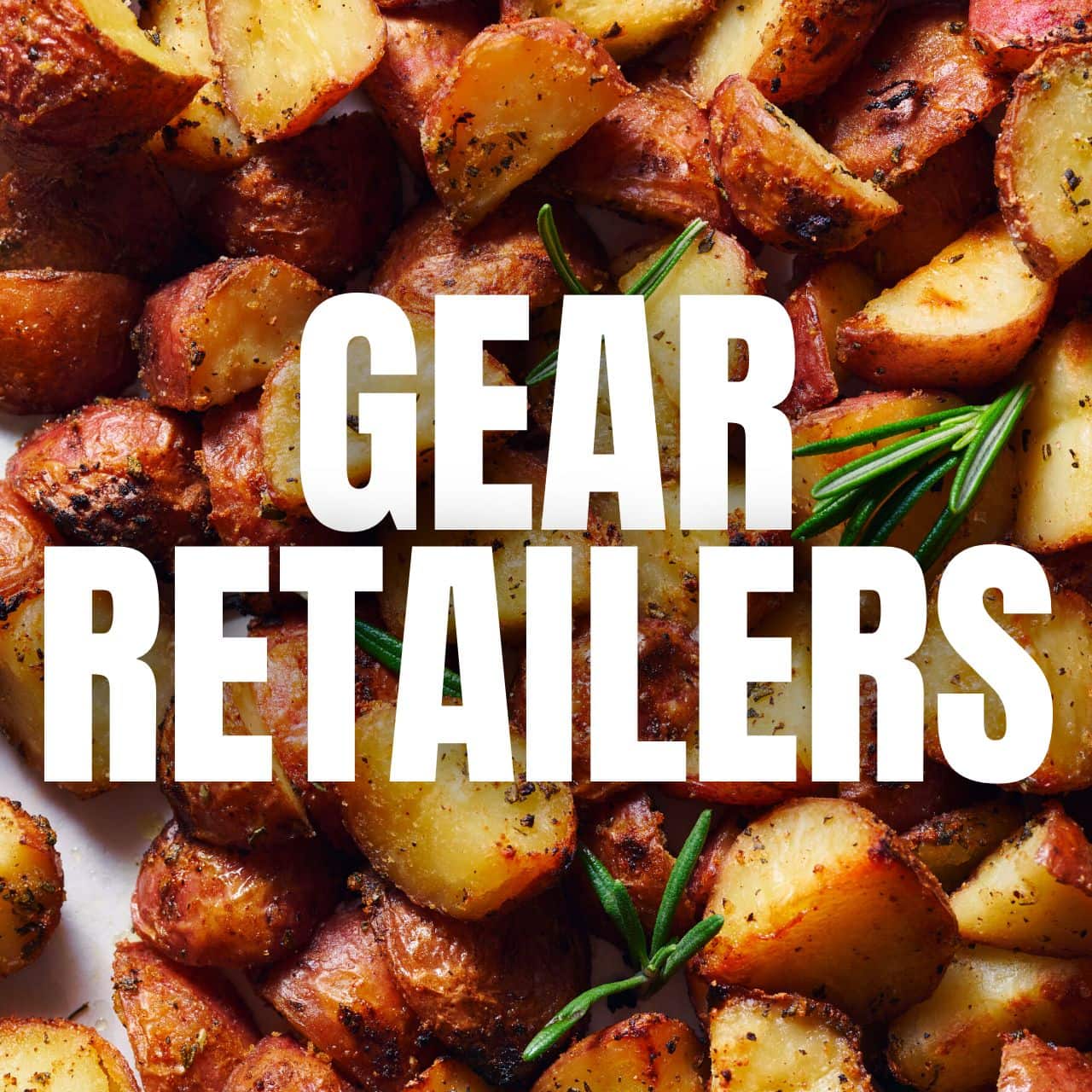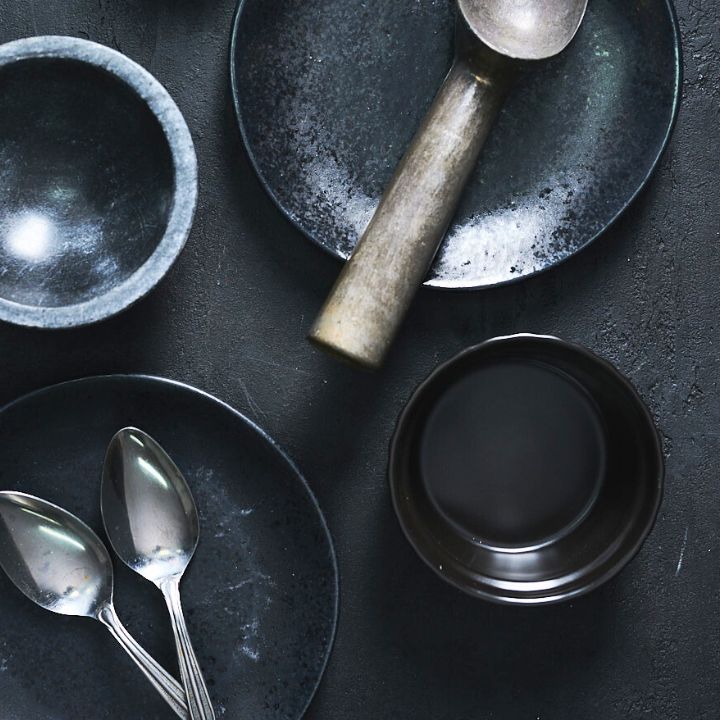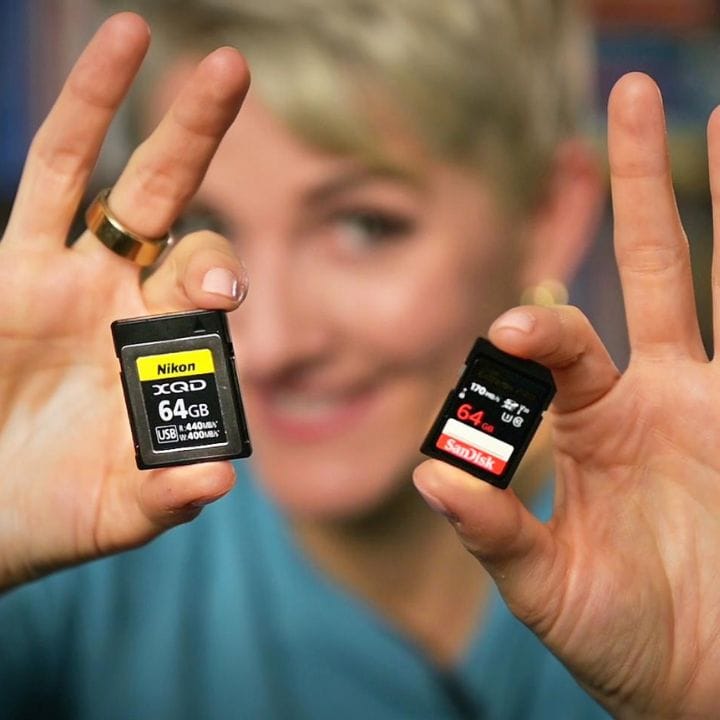I often get asked, “Can you make artificial light look natural?”
Absolutely, but then I ask, “what kind of natural light are you trying to replicate?”
Because natural light looks different in different places, at different times. There’s no one singular look to natural light.
Are you looking to replicate:
- Super soft lighting, where shadow and light subtly fade into one another like on cloudy days in the Pacific Northwest?
- Harsh intense high contrast lighting like a sunny summer day in Italy?
- Long dramatic shadows like you find at sunset?
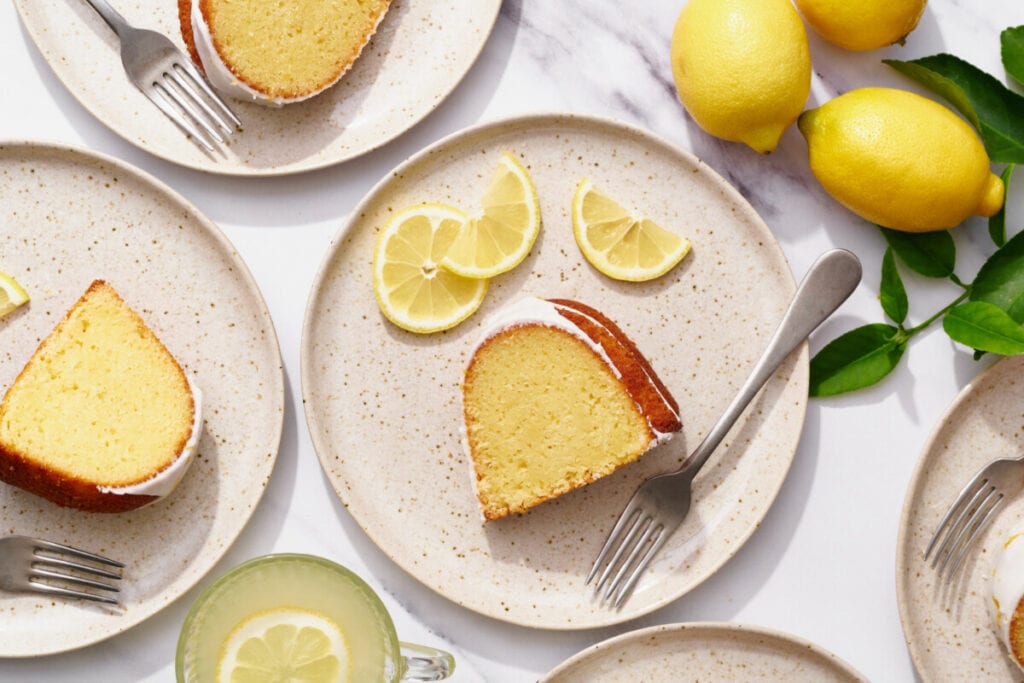
Everyone has their own personal tastes and preferences. In my opinion there’s no “good light” or “bad light.” Light is light. It only matters how you or your clients want it to look.
What’s Your Style of Lighting?
So let’s start by exploring what’s your preference in lighting?
If you’re not sure, or, even if you’re fairly sure and want to confirm, I have an easy exercise for you.
Start by creating a Pinterest board. I have this one that I am continually adding to.
Then, as you come across images that you like, pin them. Images that speak to you and make you go, “ooooh, I love that!” And this will take some time. Don’t just try to blitz it in an hour or two. Collect images over the course of a few days or even make it an ongoing practice.
Once you’ve collected at least fifty images, take some time to look over them and then ask yourself:
- What do these all have in common in terms of the lighting?
- How are the shadows similar? Or different?
- What patterns emerge?
This might be a strong indication of what style you love!
Whether you love one style or you like a variety of styles, if you want to be able to create that look on demand, having understanding of artificial light can give you the ability to bring that lighting vision to life. Truth be told, it’s many times easier to do this with artificial light compared to natural because you can have total control of artificial if you know how it works. That’s why I’m such an evangelist for artificial lighting!
If you haven’t dipped your toe into artificial or are looking for gear recommendations, check out the link below to our Free Pick the Perfect Light Mini Course to find out what will work best for you. Because there’s no one-size-fits-all light.
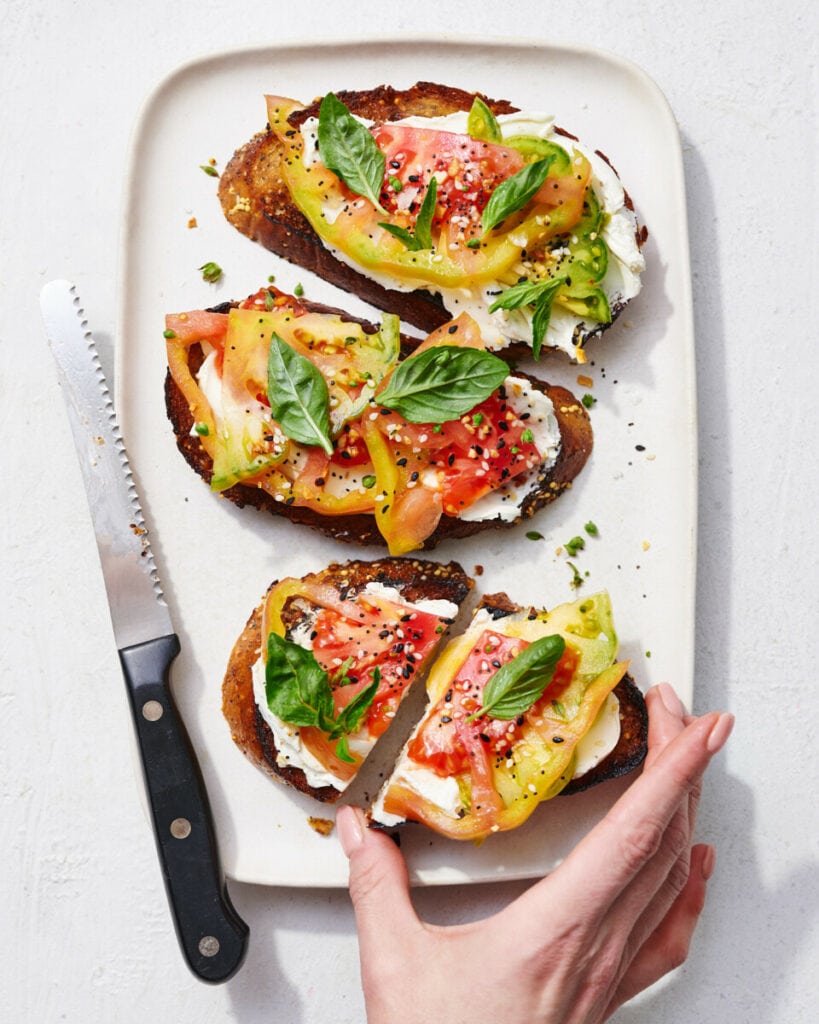
Making Artificial Light Look Natural
One of my favorite styles when it comes to lighting is something with a hefty dose of drama. I’m going to use this image as inspiration.
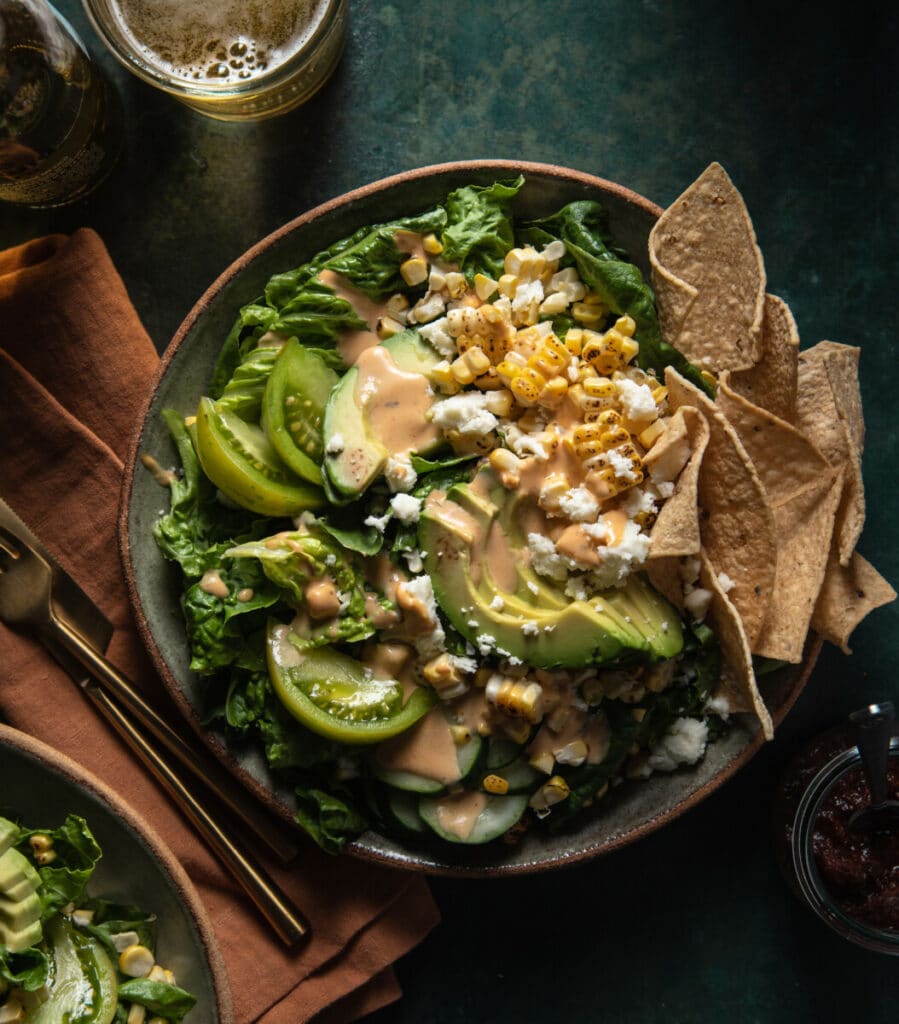
Here I’m using the Godox SL-150W, an LED light, the reflector head that it comes with, a 5 in 1 reflector, two light stands and an A-clamp. The reason I went with this setup is because I thought there might be a chance that you already own one of these 5 in 1 reflectors. They’re great for natural light and artificial. They are super versatile and a helpful tool for any food photographer. This is the 150cm x 100cm size.
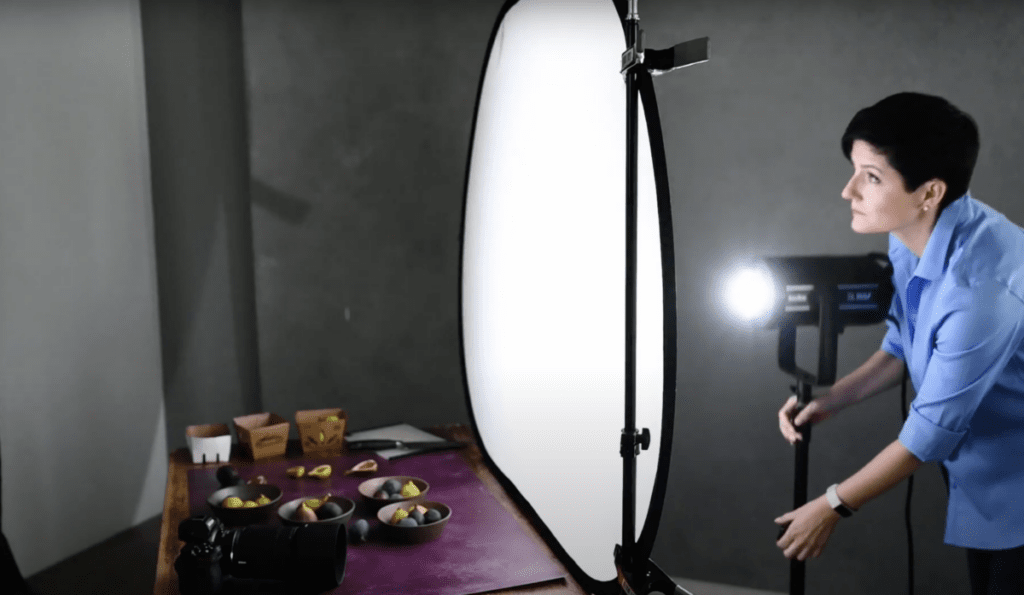
I start by putting the light on the light stand, then plugging it in. If there’s a cap on the front make sure it’s removed so you don’t burn a hole in it! (speaking from personal experience)
Next, position the reflector on the edge of the table. Then clamp the edges of the reflector to a light stand with the a-clamps. If you have a c-stand with a boom arm that will work as well.
In this setup you can imagine the reflector is a window, the LED light is the sun. Whenever I’m trying to replicate the look of natural light I always think about what the sun and the windows are doing in real life.
Because we’re working with continuous light we cannot eliminate the ambient light in the same way we can with flash, so I make sure the room lights are off and the windows are covered. For one, we don’t want them to interfere with the lighting we’re creating, plus the room lights likely have a different color temperature and that makes for color cast issues in our images.
Next I turn on the continuous light, then I take a test shot. And then we assess, how similar is this lighting to the image we were trying to imitate?
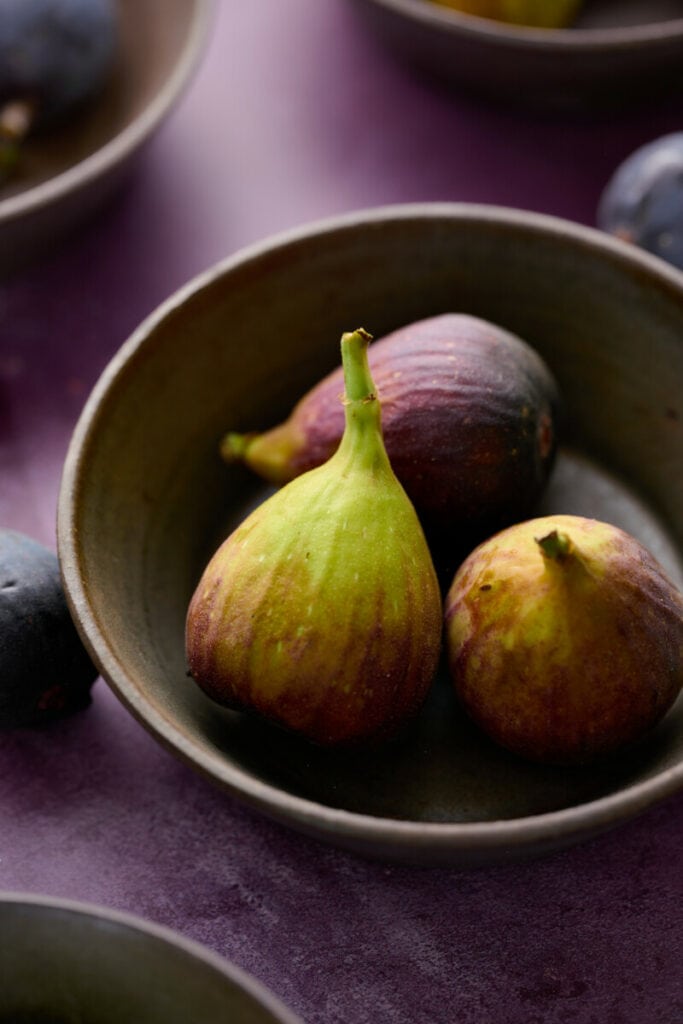
The shadows are soft, but they lack some of the depth that I wanted like in the inspo shot. I need to add some contrast. Contrast means that there is a grater degree of difference between the light and dark tones in an image. Increasing contrast intensifies the difference from the light areas to the shadow areas.
One way I can increase the contrast here is by creating harder light. And harder light is created with a smaller light source. So how can I make this light source smaller?
One way would be to add a 7’’ reflector. I attach it to the front of the LED light.
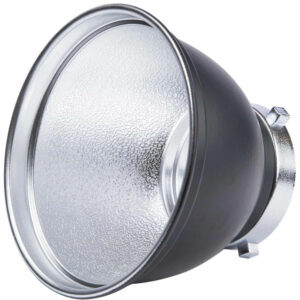
It harnesses the light into a more focused beam instead of spreading it all over the place. Now you see that I have added the reflector head, it’s concentrating the light and creating a hot spot on the diffusion.
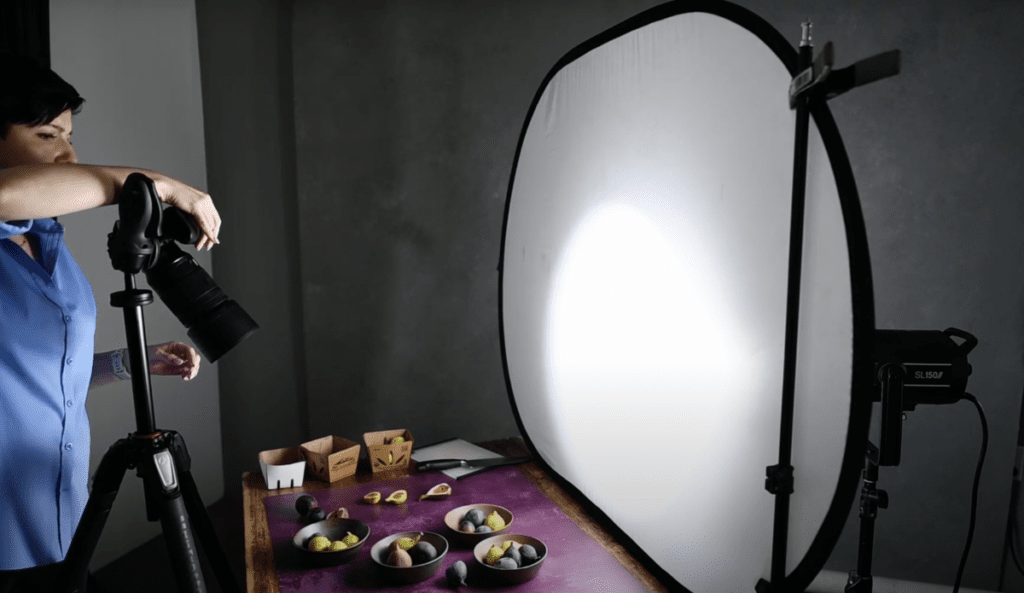
That’s a smaller light source relative to our subject compared to when the light was spreading more evenly across the reflector, but there is still softness at the edge of the shadows because of the diffusion material. And now take another shot and compare.
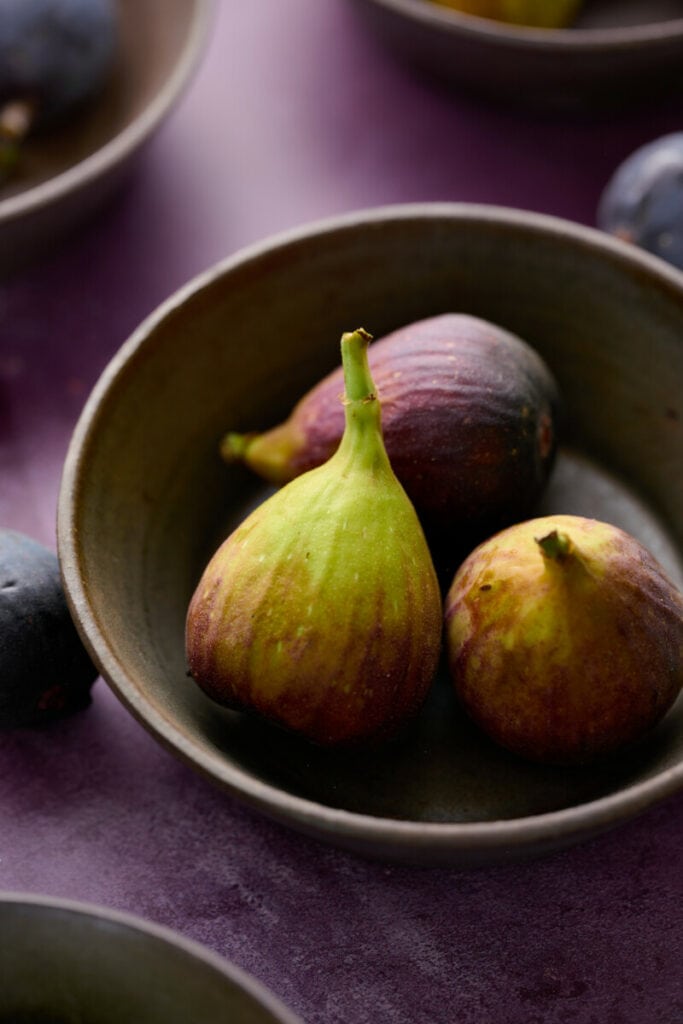
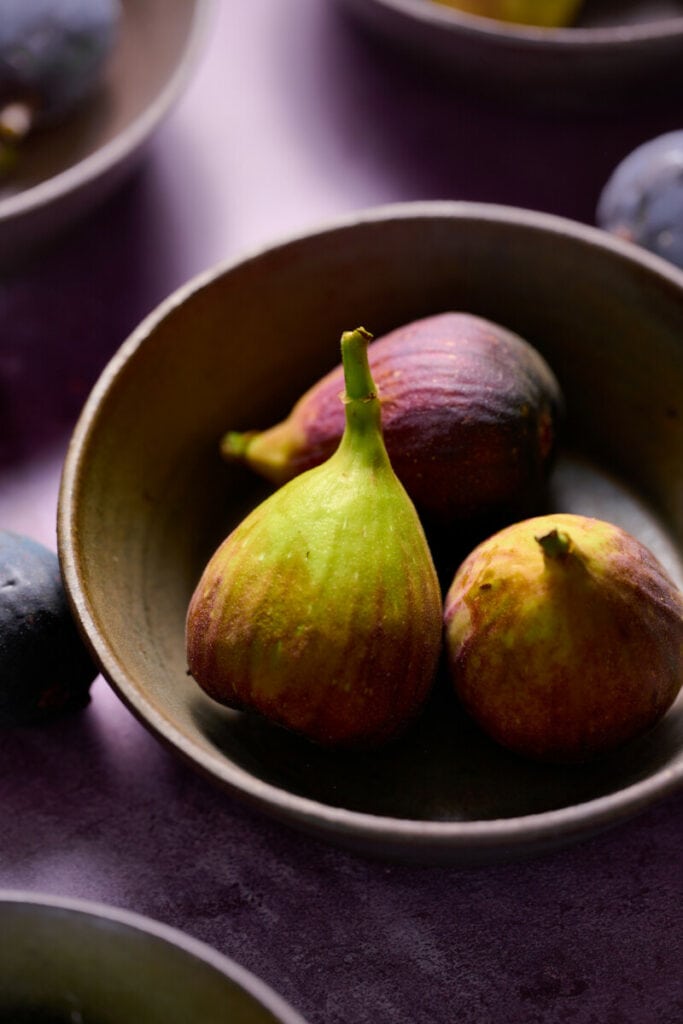
Check out the difference in contrast! Lots more drama in the shadows when you compare the photo with the reflector vs without. One little change can have a big impact.
This is one of many looks we can create with artificial light. If you want help creating different looks, shaping and manipulating your light and understanding the foundational principles behind how lighting works we’d love to have you join us in Artificial Academy.
When it comes to artificial light your creativity can run free and the lighting you see in your mind’s eye can be created on your camera!



